WASHINGTON — One day last year, a team of U.S. soldiers working in the military’s special operations drone program sat tucked away in a secret facility discussing the rapidly accelerating campaign against ISIS.
One of the operators was asked about collateral damage assessments in a war that is rooted in U.S.-led airstrikes and that is increasingly being fought in urban centers — cities still crowded with those who have not joined the millions who have fled places like Syria and Iraq. ISIS, meanwhile, has used that to its advantage, moving military assets into cities to hide them among the remaining civilians. How, a U.S. intelligence official asked, did they decide when there were too many civilians present to risk the strike?
“‘As long as it’s under 10,” a soldier said, “we’re good to take the shot.”
The story, relayed by the U.S. intelligence source present for the discussion, underscores a new reality for a country that’s growing more and more accustomed to remote warfare. The White House has repeatedly said it strives to avoid civilian casualties in its ongoing drone wars and attempts to uphold the same standard in the fight against ISIS. But as the fight against the terror group has drawn on, the White House has become increasingly willing to balance civilian lives against military priorities.
“As long as it’s under 10,” a soldier said, “we’re good to take the shot.”
Hidden in special operations facilities around the world, operators are deciding daily, hands on the trigger, whether the innocent lives in their crosshairs are worth the value of their military objective. It’s a harsh and often legal reality of war — international humanitarian law doesn’t forbid the inadvertent taking of innocent lives. Soldiers, though, aren’t left to their own devices in the often tragic game. The Obama administration, like its predecessors, has devised its own equation to help commanders determine how many civilian lives a military target is worth. The emotionless science is the basis of the White House’s war footing, indicating just how much it’s willing to risk in the pursuit of its conflict goals.
Despite an initial policy of zero civilian casualties in its pursuit of ISIS, several military and intelligence sources told BuzzFeed News the Obama administration has quietly signaled a willingness to loosen those restrictions, even if they haven’t changed their outward-facing policy. As the war with ISIS continues to drag on, Rep. Adam Schiff said at a recent media breakfast in Washington, the Obama administration has become more willing to talk about killing civilians. “[The administration] has recognized the need to make difficult decisions about the value of the target and the risk of civilian casualties, and view it with an evolving perspective,” he said.
The gun-shy Obama White House is trying to have war both ways: appearing publicly to not tolerate civilian casualties, while quietly giving a green light behind closed doors. And it’s sending confusing signals to the military and intelligence personnel tasked with carrying out its mission.
“You can’t have a policy and then do something completely different,” the U.S. intelligence source said.
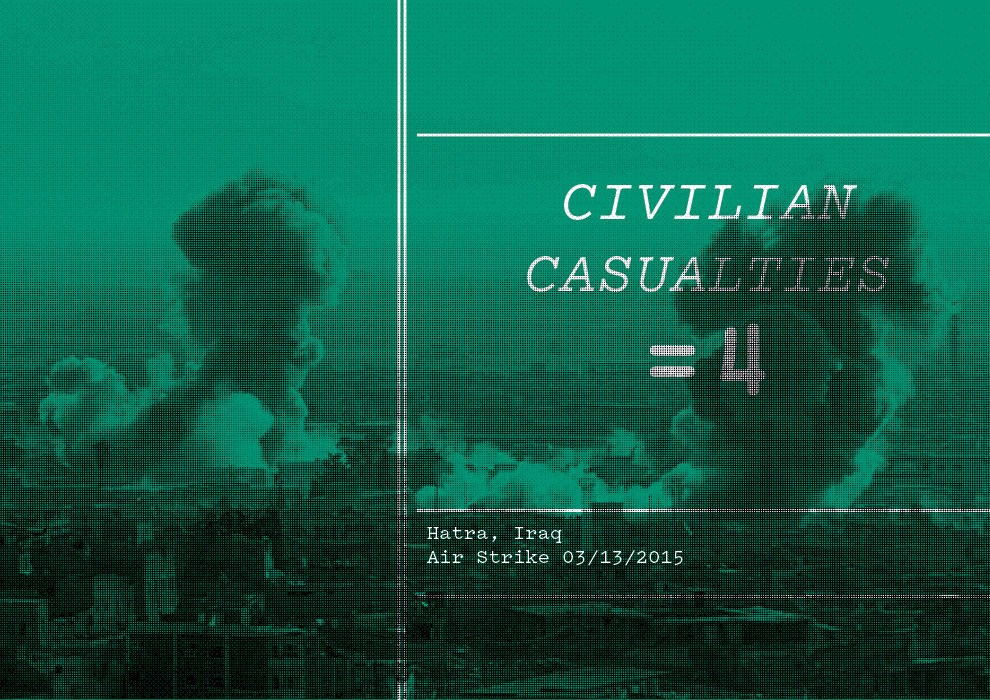
Last November, the Pentagon declassified a 60-page report detailing how four innocent civilians were killed in a U.S. airstrike against ISIS last March. The report confirmed that initial statements from U.S. Central Command, which oversees the campaign as well as investigations into civilian deaths, were wrong and that the strike — on an ISIS checkpoint in the northern Iraqi city of Hatra — had likely killed four civilians, including a child.

It was only the second official admission, after 15 months of bombing, that the U.S.-led coalition against ISIS had taken innocent lives. (A BuzzFeed News investigation last year found that the number of civilian casualties was in fact much higher than the government has admitted. The U.S. government has since admitted to a further 14 civilian casualty incidents.) The strike, in Hatra, had violated the Defense Department’s threshold of civilian casualties for coalition airstrikes, the report found. That standard was written out in the form of an equation: “NCV = 0.” What NCV translates into is non-combatant casualty cutoff value, or the number of civilian casualties a military operation can sustain without seeking approval from senior military leadership or, depending on the sensitivity of circumstances, all the way up to the president.
The number of innocent civilian lives the U.S. puts in its crosshairs is not a number picked out of thin air. Instead, it’s an impersonal science, a number that’s secretly determined within the military and approved by the president and the secretary of defense and then included in a military operation’s rules of engagement.
“The U.S. sets an NCV for a particular conflict or even a particular stage for a conflict,” said Chris Woods, a senior researcher for the Airwars, a nonprofit organization that charts civilian casualties in the fight against ISIS and other terror groups in Iraq and Syria. “That’s basically the number of civilians you’re allowed to kill without going to higher-ups.”
As one former senior military lawyer put it: “[It] is a way not of deciding whether or not you can take the attack — it’s a way of deciding who can approve the attack.”
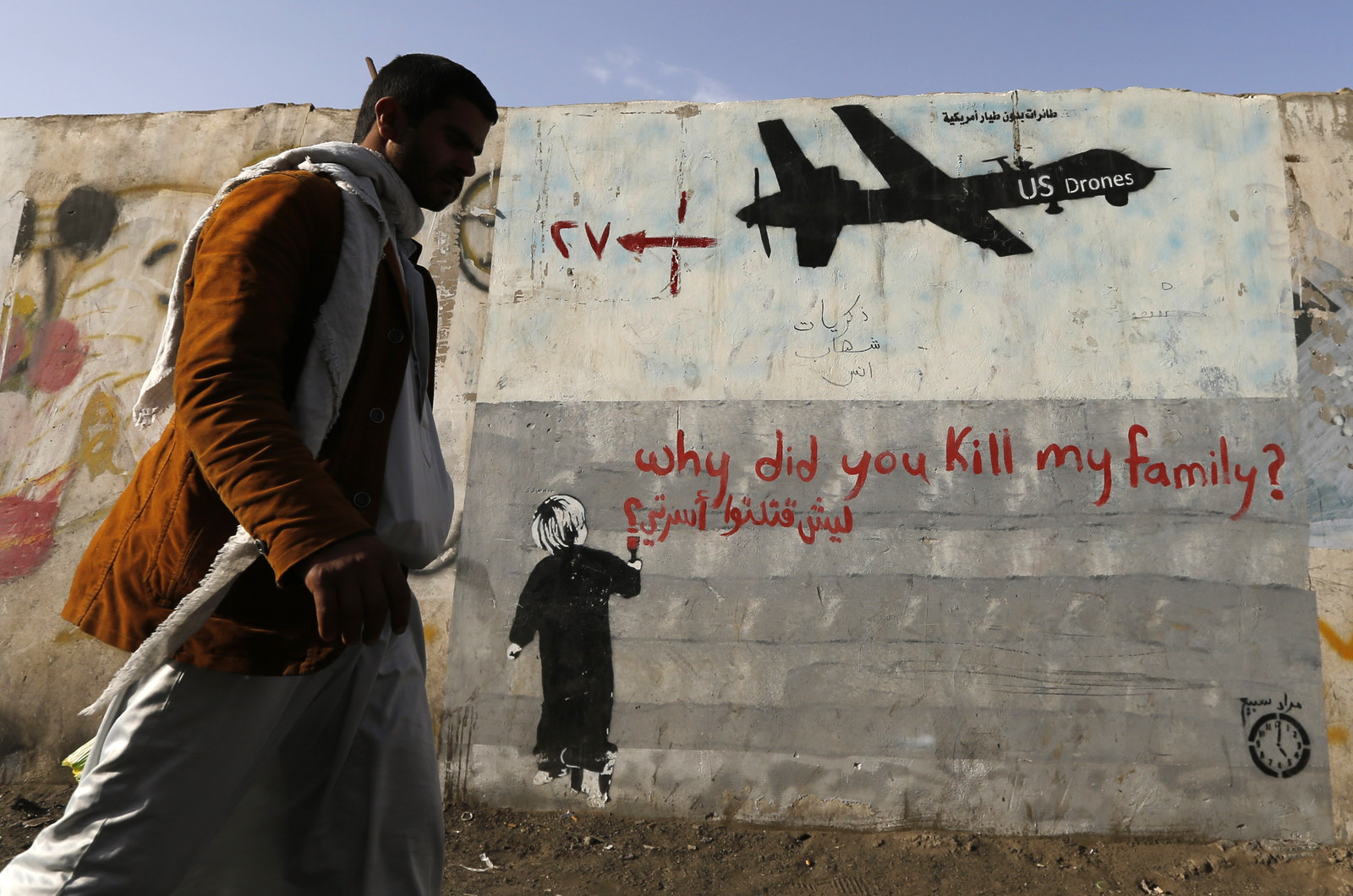
The military lawyer, who had knowledge of how NCVs are determined within the Department of Defense, requested anonymity to discuss the sensitive process.
Determining an NCV requires a cocktail of military strategy, legality, proportionality, and subjective assessments by soldiers on the ground, lawyers in the Pentagon, and higher-ups in the executive branch. There’s no clear-cut way to determine the value, and often, military personnel use their own subjective assessments to find one. Objectives are balanced against the potential blowback of killing innocent civilians on the ground. Tiers of approval are set — given a certain likelihood that “X” number of civilians will be killed, the strike requires approval from “Y” and “Z.”
“They set the cutoff value and say, ‘If there’s going to be “x” civilians or more in a casualty area, then it takes this level of commander to approve that strike,’” the former official said.
The Defense Department says it takes several steps to reduce civilian casualties on the ground.
"Our targeting practices incorporate all feasible measures to reduce non-combatant casualties during the course of our operations,” Maj. James Brindle, an official in the Defense Secretary’s press office, told BuzzFeed News when asked about the NCV. “These measures include a multi-step coordination process before a target is engaged.”
The NCV, while a cold, hard number, serves as a reflection of Washington’s military priorities, defining how much the U.S. is willing to risk in pursuance of its military goals. According to documents released by WikiLeaks, the NCV immediately following the 2003 invasion of Iraq was 30; post-2010 surge, it was reportedly 6. Meanwhile, the conflict in Afghanistan during the surge was so controversial, and the U.S. so concerned over potential backlash, that the NCV was as low as 1. Despite that low threshold, the U.S. has killed more than 11,000 civilians in Afghanistan since the United Nations first started tracking the data in 2007 — on average, just in 2015, one civilian died for every four U.S. airstrikes in Afghanistan, a number not seen since the peak of Operation Enduring Freedom.
But there’s no easy way to pick the number, and nothing to clearly guide commanders on how many civilian lives every target should be worth.
“There’s no benchmark. And there’s nothing in the law or doctrine, like a table you could open up … [that says] a tank is worth two civilian casualties, or a command post is worth five civilian casualties,” said Geoffrey Corn, a former military lawyer who now teaches at South Texas College of Law. Most of the science behind an NCV, he said, is left up to commanders’ subjective analysis.
“If you don’t anticipate it’s going to be excessive, you’re allowed to knowingly kill [civilians],” said Corn. “That’s the harsh reality of war.”
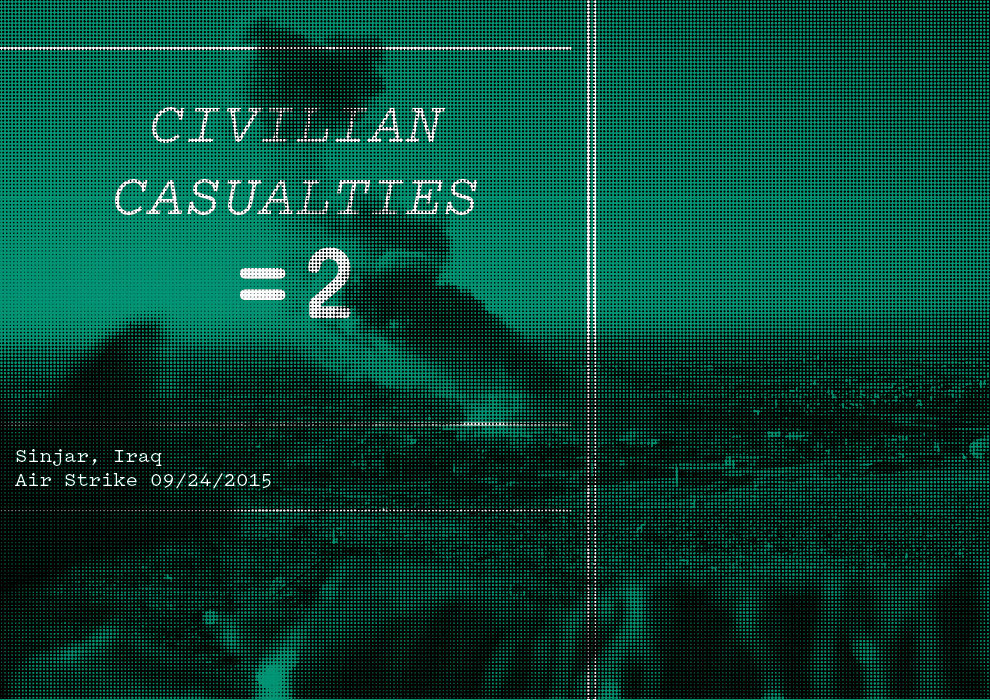
The NCV has remained elusive as the Obama White House pursues its offensive against ISIS in an ever-expanding list of countries — from Syria to Iraq and Libya. The value is traditionally classified. The Obama administration has publicly said it operates under a zero-civilian casualty policy in its drone war campaigns, but it has since said those standards may not always apply in Iraq and Syria.
Anonymous officials have suggested that the actual number of civilians the Obama administration is willing to kill is rising: Recent reports say the military’s NCV for operations in Iraq has been raised to 5.
The White House declined to address specifics when asked about the NCV and the process behind it.
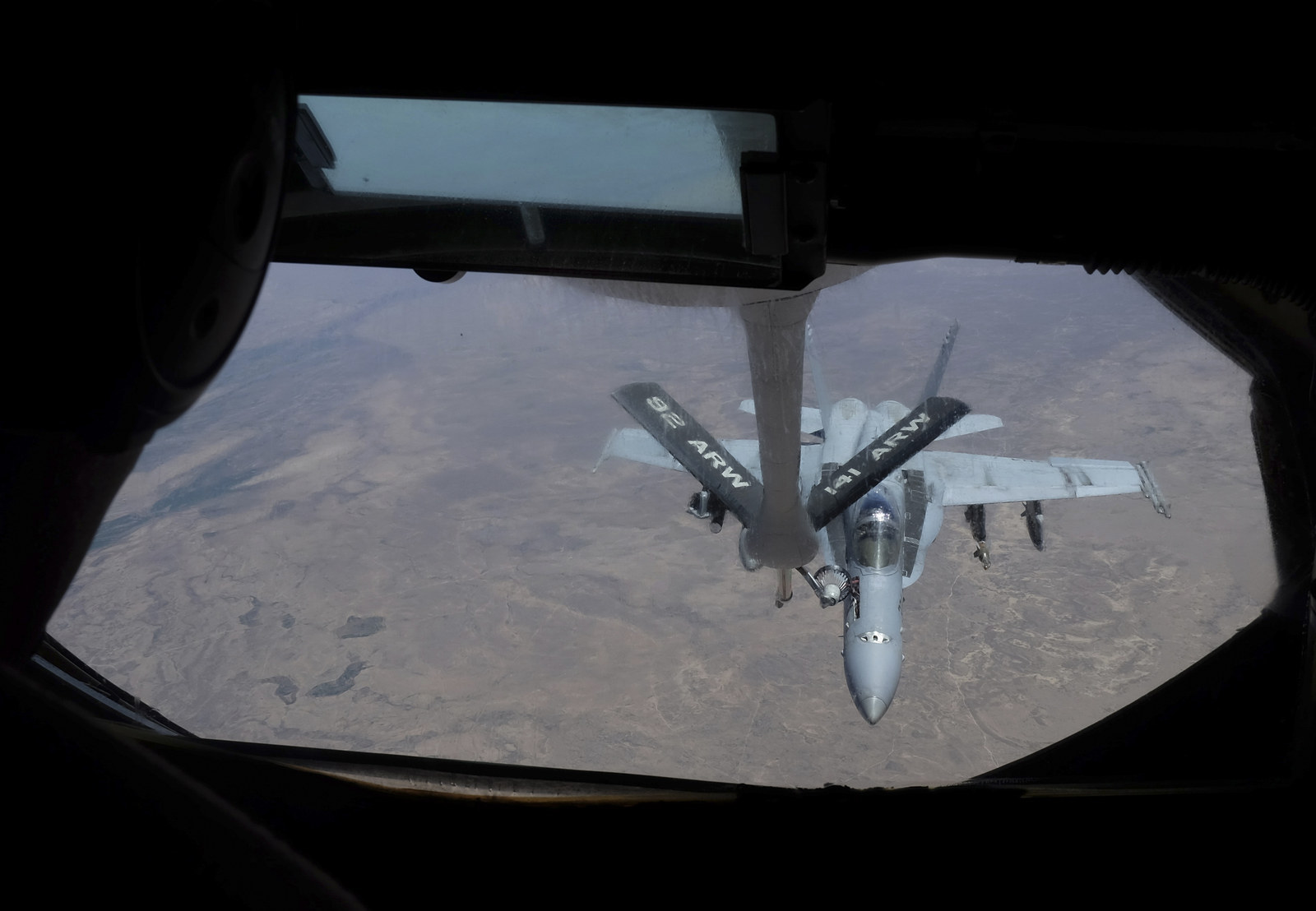
Ned Price, a spokesman for the National Security Council, said the government “takes great care with respect to our overseas counterterrorism operations, including those in Iraq and Syria.”
“They are carried out consistent with the law of armed conflict, including the principles of proportionality and distinction,” he said, adding that president was “committed to undertaking our counterterrorism and broader military missions with the greatest possible transparency,” insisting that reports of civilian casualties were investigated, and non-combatant deaths acknowledged.
The many moving parts to U.S. Central Command’s campaigns don't make for any easier understanding. Special operations forces, coalition airstrikes, and U.S. airstrikes — all of which are being used against ISIS and a host of other designated terrorist groups in the region — can all function under different NCVs, and individual operations under each of those missions can have different NCVs as well: The NCV for special forces operations in Syria against terror groups like al-Nusra Front could be different from the U.S.’s NCV for Operation Inherent Resolve against ISIS.
The mixed messaging of the Obama administration's public posture against any civilian casualties combined with its private willingness to operate outside of it have frustrated military and intelligence officials alike. Feigning ignorance doesn’t just make it harder for the military to do its job, they say, it also effectively trivializes what they see as the necessary wartime choice of pitting civilian lives against military priorities.
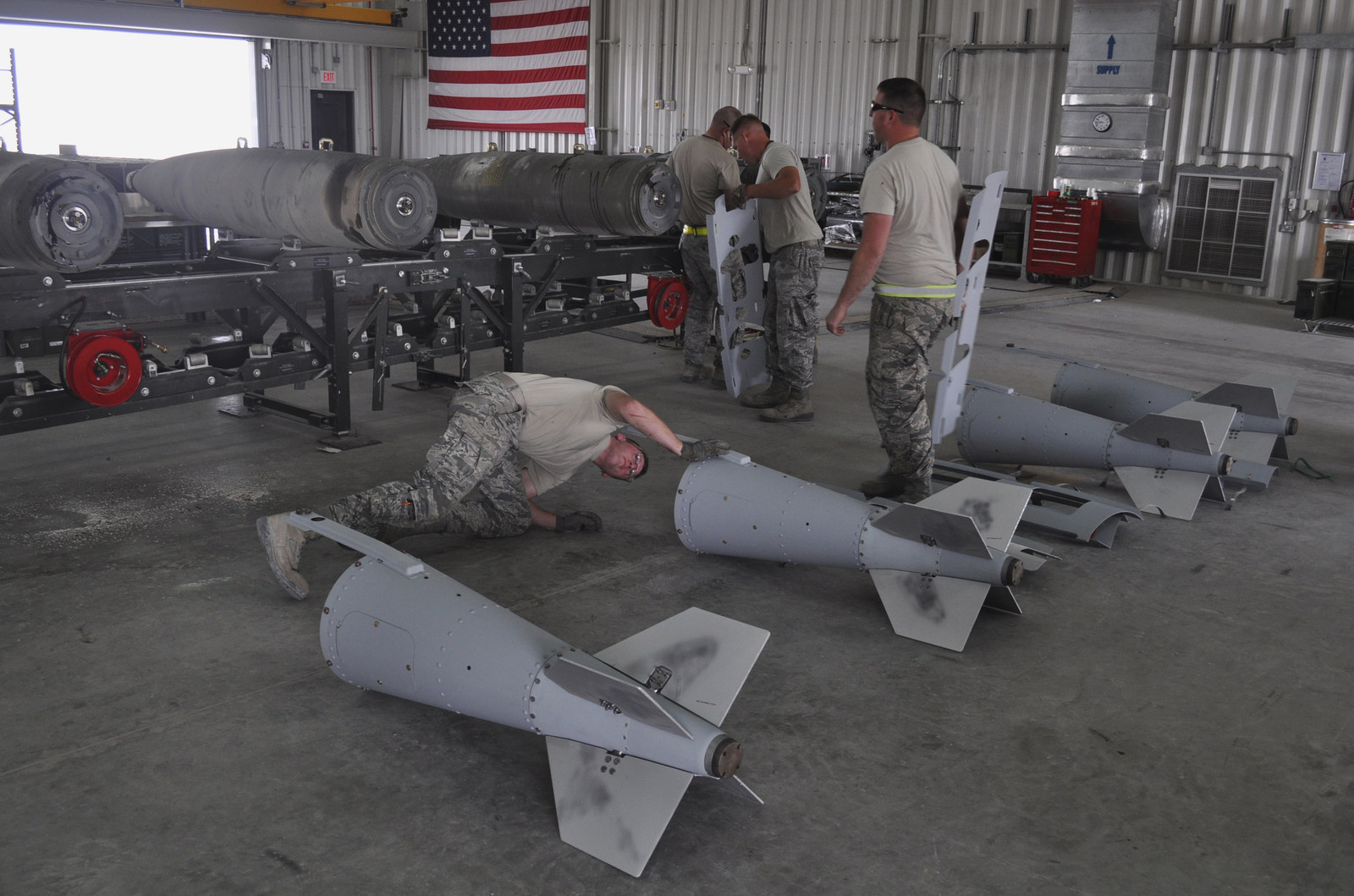
U.S. pilots, congressional officials, and military leaders have said that the Obama administration’s insistence on a zero-civilian casualty policy has severely limited the number of airstrikes U.S. forces can take against ISIS — aggressive goals would naturally mean more innocent lives find their way into the crosshairs.
Others say the challenges that come with a zero-civilian casualty policy are more discreet. Militants and military targets tend to alter their behavior knowing that civilian lives could shield them from airstrikes.
“When you set a bar that high and then you announce it very publicly, that certainly makes the military’s job more challenging,” said the former senior military official. “[If] you’ve just heard the president announce we’re not going to take strikes with civilians present, you’re never going to go anywhere without a woman in the front seat and a child in the back. That’s what makes it challenging.” Earlier this month, NBC News reported that ISIS fighters are starting to seize civilian homes and shave their beards in efforts to avoid U.S. airstrikes.
But the real danger, critics say, is that contrast in messaging could have serious implications on how the U.S. and its allies think about war. When an administration — let alone an entire international coalition — ignores the necessary, albeit difficult, wartime choice of pitting civilians against military priorities, it trivializes conflict.
“We’ve shifted from an entirely valid discussion about the benefits of relative precision improvements to a rhetoric of absolute precision, which is fanciful and, in my personal view, dangerous,” said Woods. “If politicians think we only kill the bad guys now, how much more likely are we to go to war?”
